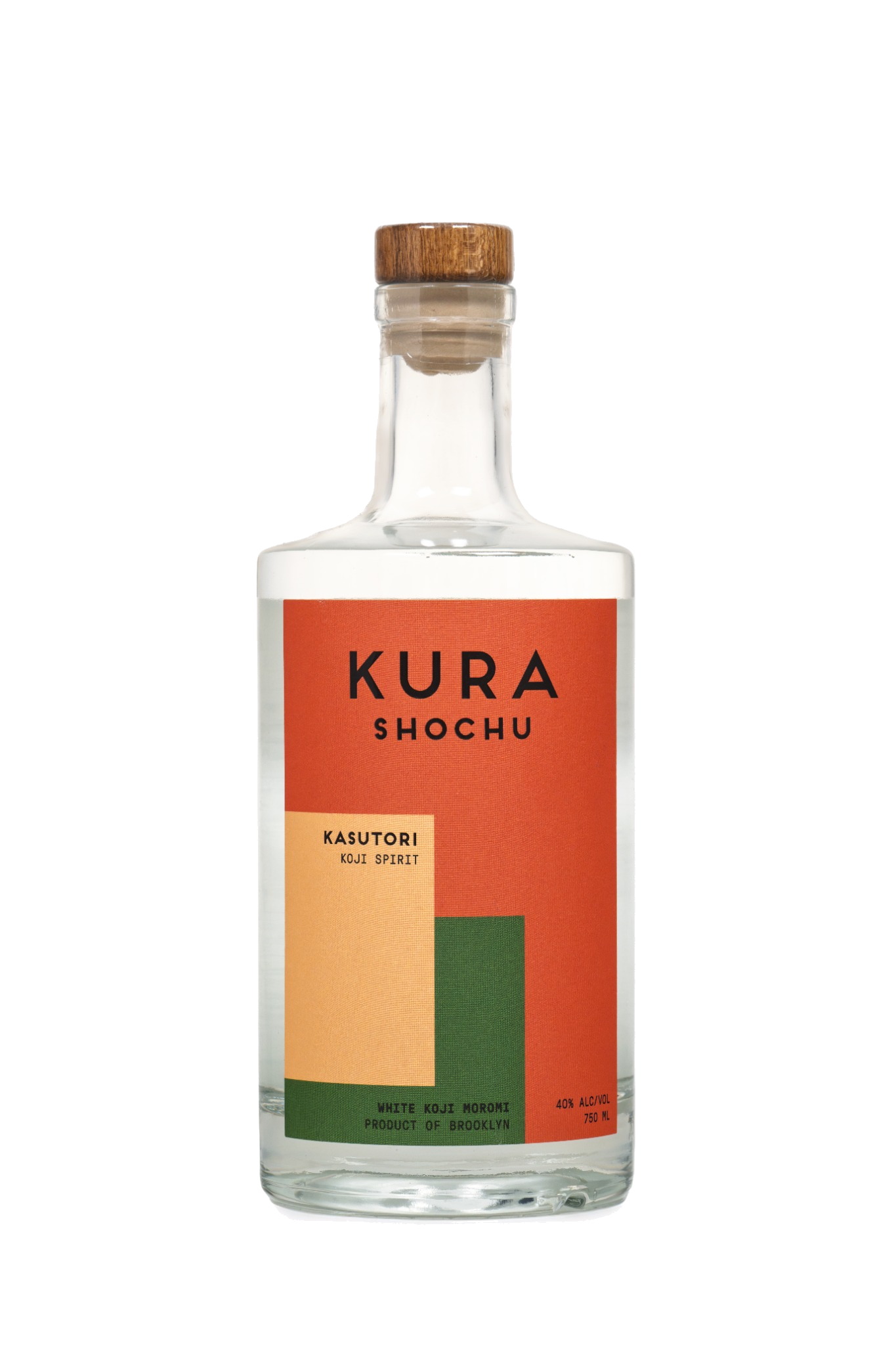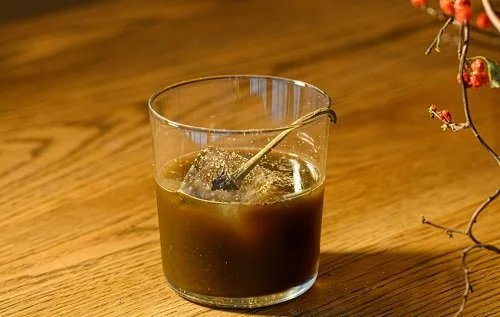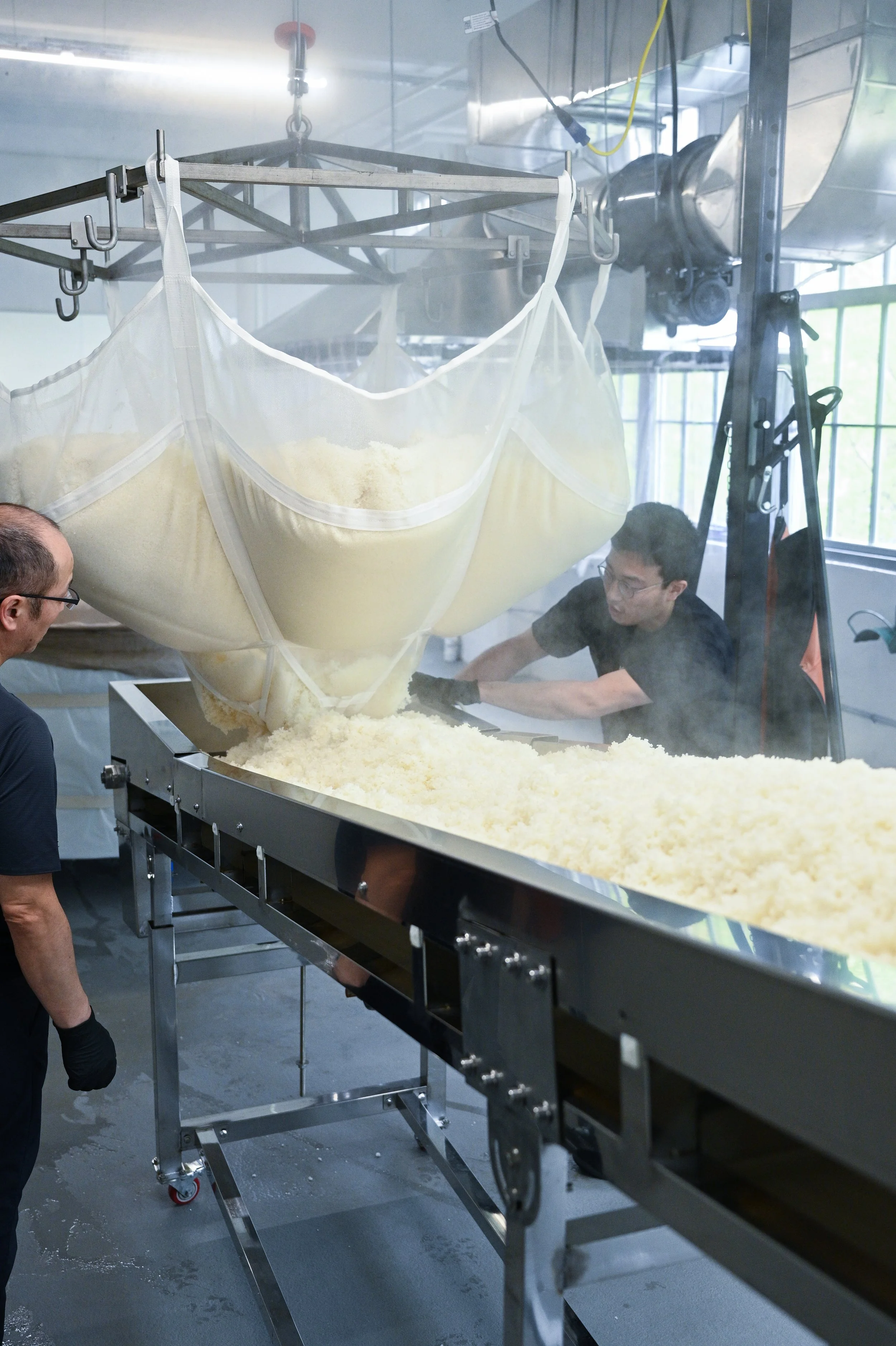Kura Shochu | White Koji Moromi
At 40% ABV, Kura Shochu is bold yet delicate, flavorful yet smooth, and shines in a wide variety of cocktail applications.
PRODUCT SPECIFICATIONS
RICE: Yamada Nishiki from AR & Calrose from CA
KOJI: Yellow and White
-
Our motivation is simple, we want to fully utilize every ingredient that comes into our brewery, supporting our broader effort to be more sustainable. By re-fermenting our sake lees, we capture the complexity and nuanced notes of our sake, but distilled into a rich spirit.
At 40% ABV, Kura Shochu is bold yet delicate, flavorful yet smooth, and shines in a wide variety of cocktail applications.
-
Rich, long finish. Notes of fig and custard harmonize with lemon, white flower, and a pleasant toasted-grain roundness.
-
Single distilled, following a 20 day secondary fermentation with white koji, Kura Shochu is then cold filtered - giving the liquor a smooth, balanced, subtly umami profile. Produced in Brooklyn, made with deep respect for over 500 years of Japanese tradition.
-
Right at home in tropical-style cocktails, prohibition-era classics, or forward-thinking, culinary and savory libations. Also complex and dynamic on the rock or with soda water.
Read More About Our Shochu Below ↓
KASUTORI SHOCHU
Called the “mother of shochu” in Japan, Kasutori Shochu is a sake brewer’s best kept secret. Kasu, or sake-rice lees, contains alcohol that with care and few additional steps could be distilled into a beautiful shochu.
In post-war Japan, due to production and rice shortages, Kasutori Shochu became notorious and lent its name to an era of debauchery in the country.
Along with a broader effort of Japanese distillers, Kura hopes to help bring Kasutori Shochu back to its original roots, paying respect to the complex history of the spirit while producing traditionally-made Kasutori Shochus.
PRODUCTION
After our sakes are pressed (clear sake is separated from the rice lees), the kasu is then re-fermented for ~20 days with white koji. It is then single-pot distilled, not unlike whisky, and cold filtered. This retains the character, nuance, and complexity of the sake brewing process.
Our kasu contains American-grown rice, Catskills water, yeast, and yellow koji. White koji is added in the second moromi as a source of additional enzymes and citric acid.
SUSTAINABILITY
All kasutori shochu is upcycled - the byproduct of our sake making process feeds our shochu making. That said, kasu has wide ranging applications for cooking, baking, cosmetics, fertilizer, as well as feed for livestock.
Brooklyn Kura proudly donates kasu to local restaurants, distillers, bakers, chocolate makers, as well as other businesses.
KURA SHOCHU IN COCKTAILS
Distilled as a Genshu, or full-strength spirit, Kura Shochu can be used in a wide variety of cocktail applications. Whether replacing gin in a prohibition-era style cocktail, rum in a tropical-style drink, or as the backbone in a new-age savory libation, Kura Shochu is endlessly versatile.
Kura Shochu lends itself well to a more culinary approach to bartending, as it’s a spirit that celebrates the character of the food. It’s also delicious with soda water, on ice, or with a splash of hot water.
-
Just like how you need to make a beer-like mash in order to produce whiskey, Sake production is the first step in the process of making Kasutori Shochu - the alcohol is produced via fermentation with the rice and water, and then the liquor is produced by distillation.
-
Soju, same as Shochu, is just the word for “Burned Liquor” in its respective language, Korean. While the history is tied together, the two spirits are quite different - Soju seen stateside is usually produced en masse at a lower ABV, with sweeteners or flavors added (though more ancestral styles are becoming more commonplace). Shochu, specifically Honkaku Shochu, which is the style that Brooklyn Kura pays its respects to, is a liquor that’s single distilled in small batches, with no additives or flavors. This makes a rich, complex spirit that celebrates the character of the rice and water it’s made from.
-
After the sake fermentation is complete, the rice solids are separated from the sake. The rice solids are kasu (aka sake lees). Historically, kasu has been used for skin care, in stews, for marinating meats, making pickles, and many other uses. High in nutrients, enzymes, and flavor, kasu is a versatile and delicious ingredient.
-
Shochu is a complex, dynamic, extremely versatile spirit. It can stand up as a substitute for other liquors in nearly any classic cocktail, but can also bring a unique depth of flavor, and unique profile to new-age libations.
Follow us on Instagram for special events, tastings and more.
Sign up with your email address to receive news and updates.















